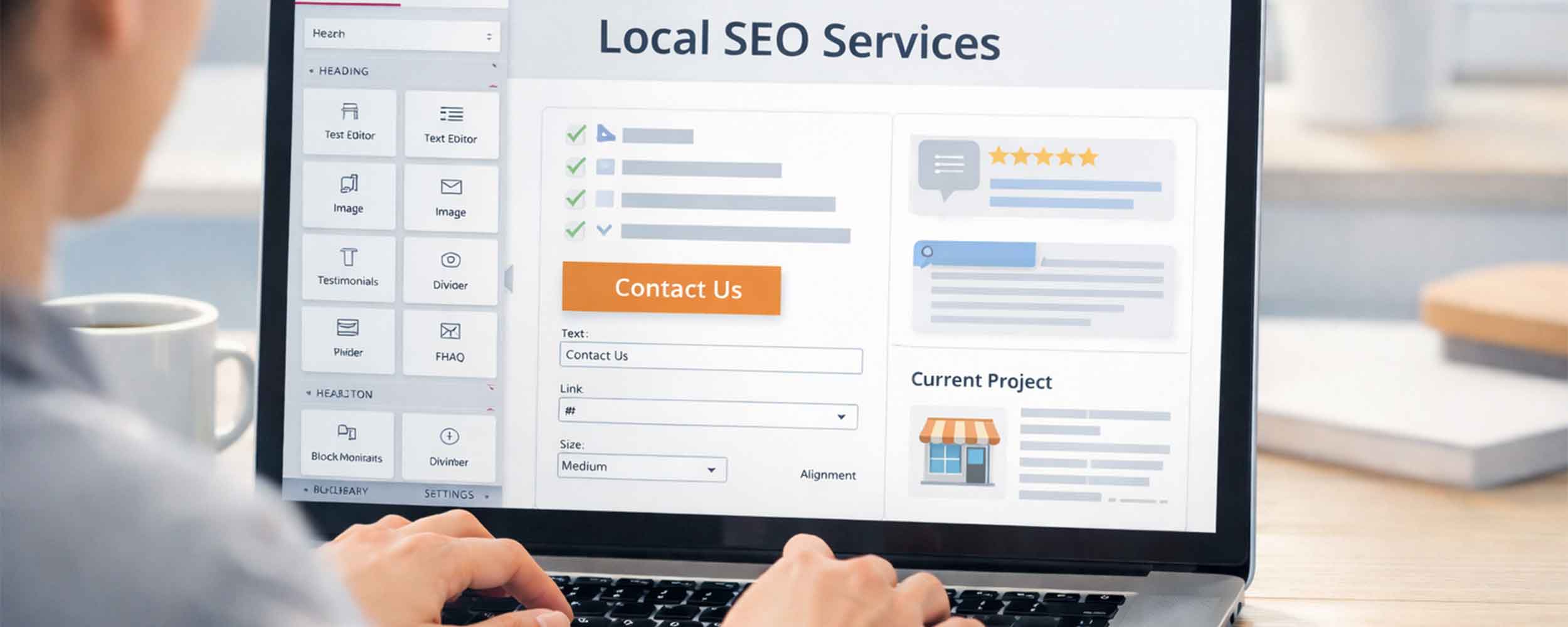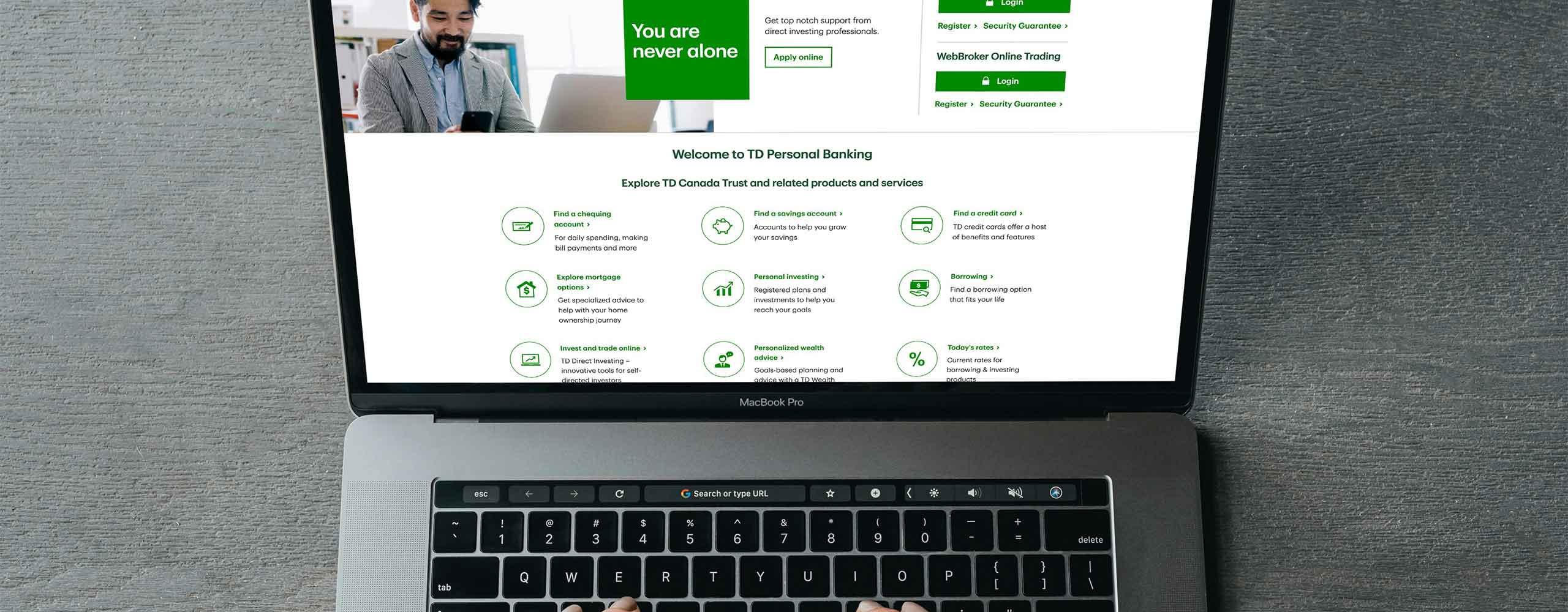There are a lot of things that I really like about WordPress. One of the things at the top of that list, is how easy it is to keep it updated. We recently took over hosting for a client who hadn’t updated their site for many years. We ran all the updates for the core system, plugins, and themes. All those updates were done in about 3 mouse clicks. And best of all, the site worked after all the updates were done. This is by no means saying that updating your WordPress site isn’t important – IT IS BEYOND IMPORTANT. There were obvious security issues with the old site, but updating to the newest versions was fairly simple. Before making a big update like that, however, there are a few things to do.
The first thing that should be done, is to make sure you have a backup of the site. The more recent – the better. We had a site we updated recently, and while there was a backup of that site from a week earlier, just to be safe, I made a backup from that day. If anything were to go wrong in the updates, I could simply upload that backup and have the site up and running very quickly. It can’t be stated enough how important backing up a site is. Whether it is to your server, local systems, or a remote option (such as AWS), there is considerable security and peace of mind with knowing there are backups available.
Another step to take before running a big update, whether you have backups or not, is to document important things like your Google Analytics code and what pages are on the main navigation. Yes, it’s rare, but updates can go wrong Elements, such as the Google Analytics code, can sometimes be erased. While that code would be in your backup, if you save a copy of that code, you can simply copy the code from a backup file (like a Microsoft Word file) and paste it back into your site coe. Some updates can cause site navigation to get deleted or changed as well. So documenting the order that pages were listed in the main navigation, can save you the time of having to reload the backup.
Ideally, when doing any big or significant updates like this, especially if you’re not sure of how they’ll go, move a copy of the site to a testing environment. By doing this, you’ll be able to run all the updates, confirm that the site works well, and then move the site back to the live environment. You’ll also be able to fix any issues that came up, before moving the site live. At Full Scope Creative, when we take over the hosting of a website, we first launch the site in a test environment, and perform any needed updates there. By doing that we can be sure that the site will be up to date when it is launched, and that the client experiences as little downtime as possible.
When running updates on your site, especially any significant updates, it is always helpful to make a backup of the site and copy any important code. If possible, move the site to a testing or development environment before running any updates as well. Running updates in WordPress is fairly easy to do. Adding in these couple steps can make the process that much easier. While other content management systems can be difficult to update, updates to WordPress can be done in just a few clicks. And that’s one of the main reasons we use WordPress.









